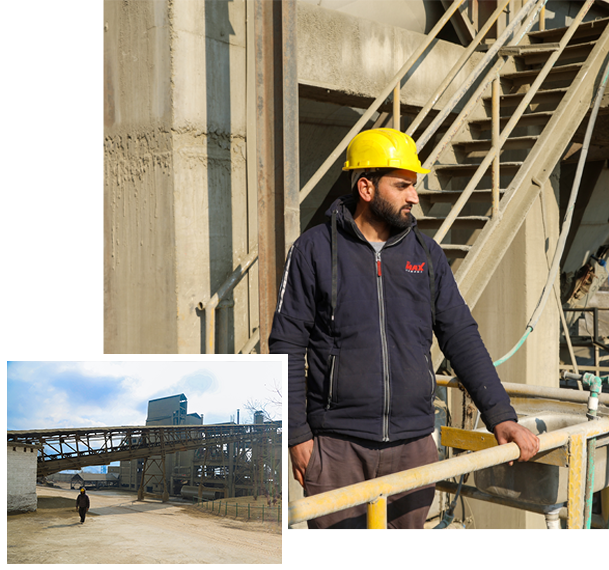0194-4504233 Mon - Sat 8:00 - 17:30, Sunday - CLOSED


Founded in 2006, TCI Max Cement is the pinnacle of innovation and durability in cement manufacturing. As one of Kashmir’s leading cement brands, TCI Max is engineered to endure the region’s unique climate, ensuring longevity and resilience in every structure. Backed by state-of-the-art German technology from Thyssen Krupp Polysius AG, the plant operates with eco-friendly processes and cutting-edge R&D, making it a leader in sustainable construction solutions.
TCI Max Cement is not just about building structures—it’s about shaping the future. Our portfolio showcases decades of expertise, blending passion for quality with advanced technology to transform ambitious dreams into enduring realities. Your Trust, Our Promise.
Our formulations are specifically engineered for the region’s unique weather patterns
First in Kashmir to have carbon-neutral production goals
Supporting over 100 local initiatives across healthcare, education, and skill development
Cement is a key construction material used as a binder to hold building elements like bricks, stones, and concrete together. It is essential for creating strong and durable structures, from homes and roads to bridges and skyscrapers.
Cement is the backbone of modern infrastructure, providing the strength and stability needed for foundational structures, bridges, skyscrapers, and more. It enables the construction of durable, long-lasting projects that shape the future.
Cement is produced through a multi-step process:
Raw Material Extraction: Limestone, clay, and other minerals
are crushed and blended.
Heating: The mixture is heated in a rotary kiln at high
temperatures (~1450°C) to form clinker.
Grinding: Clinker is ground into fine powder with gypsum added
to control setting time.
Cement is used in:
Concrete Production: Combining cement, sand, gravel, and water
to create concrete for various structures.
Plastering: Smooth finishes for walls.
Masonry Work: Binding bricks and stones.
Infrastructure Projects: Roads, dams, and bridges.
High-quality cement should have:
Consistent texture and composition.
High compressive strength for durability.
Low setting time for workability.
Low heat of hydration to avoid cracks in large structures.
oncrete Mix (1:2:4): 1 part cement, 2 parts sand, 4 parts
gravel.
Mortar Mix (1:3): 1 part cement, 3 parts sand for
bricklaying.
Plaster Mix (1:4): 1 part cement, 4 parts sand for walls